1.はじめに
今回ご紹介するのは、顔画像生成モデルの決定版ともいえるStyleGANにCLIPを組み合わせて、テキストから顔画像を生成するモデルです。
2.StyleGAN+CLIPモデルとは?
StyleGANはパラメータから画像を生成するモデル、CLIPは画像とテキストの類似度を出力できるモデルです。今回は、この2つのモデルを下記のように組み合わせます。

StyleGAN に適当な Parameter を与えて画像(target image) を出力させます。そして、CLIPにはその画像とテキストを入力し類似度を求め、類似度が出来るだけ高くなるように Parameter を最適化します。すると、テキストの内容に合った画像を生成するParameterが求まり、テキストから画像生成ができるわけです。
では、コードを動かしてみましょう。
3.コード
コードはGoogle Colabで動かす形にしてGithubに上げてありますので、それに沿って説明して行きます。自分で動かしてみたい方は、この「リンク」をクリックし表示されたノートブックの先頭にある「Colab on Web」ボタンをクリックすると動かせます。
まず、セットアップを行います。
|
1 2 3 4 5 6 7 8 9 10 11 12 13 |
# githubからコードを取得 ! git clone https://github.com/cedro3/StyleCLIP.git %cd StyleCLIP # Pytorch バージョン変更 ! pip install torch==1.7.1+cu110 torchvision==0.8.2+cu110 -f https://download.pytorch.org/whl/torch_stable.html # CLIP インストール ! pip install git+https://github.com/openai/CLIP.git ! pipi install ftfy regex # 学習済みパラメータのダウンロード !wget https://github.com/lernapparat/lernapparat/releases/download/v2019-02-01/karras2019stylegan-ffhq-1024x1024.for_g_all.pt |
それでは、テキストから顔画像を生成してみましょう。text に生成したい内容のテキストを入力します。ここでは、”She is a charming woman with blonde hair and blue eyes”(彼女はブロンドの髪と青い目を持ってる魅力的な女性です)と入力しています。
最適化ループは101回( max_iter で設定)廻し、2回に1回( img_save_freq で設定)途中の生成画像を ./pic に保存します。
|
1 |
text = "She is a charming woman with blonde hair and blue eyes" |
|
1 2 3 4 5 6 7 8 9 10 11 12 13 14 15 16 17 18 19 20 21 22 23 24 25 26 27 28 29 30 31 32 33 34 35 36 37 38 39 40 41 42 43 44 45 46 47 48 49 50 51 52 53 54 55 56 57 58 59 60 61 62 63 64 65 66 67 68 69 70 71 72 73 74 75 76 77 78 79 80 81 82 83 84 85 86 87 88 89 90 91 92 93 94 95 96 97 98 99 100 101 102 103 104 105 106 107 108 109 110 111 112 113 114 115 116 117 118 119 120 121 122 123 124 125 126 127 128 129 130 131 132 |
import os import torch import torchvision import clip import numpy as np from PIL import Image from stylegan_models import g_all, g_synthesis, g_mapping from utils import GetFeatureMaps, transform_img, compute_loss from tqdm import trange import warnings warnings.filterwarnings('ignore') # picフォルダーリセット import os import shutil if os.path.isdir('pic'): shutil.rmtree('pic') os.makedirs('pic', exist_ok=True) # 初期設定 lr = 1e-2 img_save_freq = 2 max_iter = 101 ref_img_path = None device = 'cuda' if torch.cuda.is_available() else 'cpu' print("USING ", device) clip_model, clip_preprocess = clip.load("ViT-B/32", device=device) vgg16 = torchvision.models.vgg16(pretrained=True).to(device) vgg_layers = vgg16.features vgg_layer_name_mapping = { '1': "relu1_1", '3': "relu1_2", '6': "relu2_1", '8': "relu2_2", # '15': "relu3_3", # '22': "relu4_3" } g_synthesis.eval() g_synthesis.to(device) latent_shape = (1, 1, 512) normal_generator = torch.distributions.normal.Normal( torch.tensor([0.0]), torch.tensor([1.]), ) # init_latents = normal_generator.sample(latent_shape).squeeze(-1).to(device) latents_init = torch.zeros(latent_shape).squeeze(-1).to(device) latents = torch.nn.Parameter(latents_init, requires_grad=True) optimizer = torch.optim.Adam( params=[latents], lr=lr, betas=(0.9, 0.999), ) def truncation(x, threshold=0.7, max_layer=8): avg_latent = torch.zeros(1, x.size(1), 512).to(device) interp = torch.lerp(avg_latent, x, threshold) do_trunc = (torch.arange(x.size(1)) < max_layer).view(1, -1, 1).to(device) return torch.where(do_trunc, interp, x) def tensor_to_pil_img(img): img = (img.clamp(-1, 1) + 1) / 2.0 img = img[0].permute(1, 2, 0).detach().cpu().numpy() * 256 img = Image.fromarray(img.astype('uint8')) return img clip_transform = torchvision.transforms.Compose([ # clip_preprocess.transforms[2], clip_preprocess.transforms[4], ]) if ref_img_path is None: ref_img = None else: ref_img = clip_preprocess(Image.open(ref_img_path)).unsqueeze(0).to(device) clip_normalize = torchvision.transforms.Normalize( mean=(0.48145466, 0.4578275, 0.40821073), std=(0.26862954, 0.26130258, 0.27577711), ) def compute_clip_loss(img, text): # img = clip_transform(img) img = torch.nn.functional.upsample_bilinear(img, (224, 224)) tokenized_text = clip.tokenize([text]).to(device) img_logits, _text_logits = clip_model(img, tokenized_text) return 1/img_logits * 100 def compute_perceptual_loss(gen_img, ref_img): gen_img = torch.nn.functional.upsample_bilinear(img, (224, 224)) loss = 0 len_vgg_layer_mappings = int(max(vgg_layer_name_mapping.keys())) ref_feats = ref_img gen_feats = gen_img for idx, (name, module) in enumerate(vgg_layers._modules.items()): ref_feats = module(ref_feats) gen_feats = module(gen_feats) if name in vgg_layer_name_mapping.keys(): loss += torch.nn.functional.mse_loss(ref_feats, gen_feats) if idx >= len_vgg_layer_mappings: break return loss/len_vgg_layer_mappings counter = 0 for i in trange(max_iter): dlatents = latents.repeat(1,18,1) img = g_synthesis(dlatents) loss = compute_clip_loss(img, text) optimizer.zero_grad() loss.backward() optimizer.step() if i % img_save_freq == 0: img = tensor_to_pil_img(img) img = img.resize((512,512)) img.save(os.path.join('./pic', str(counter).zfill(6)+'.png')) counter +=1 # 最終画像を表示 from IPython.display import Image, display_png display_png(Image('./pic/'+str(counter-1).zfill(6)+'.png')) |
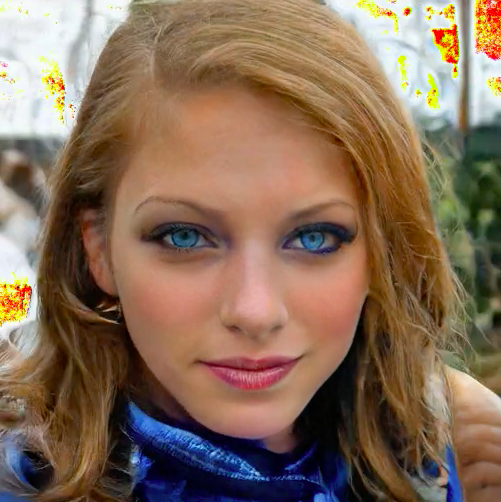
テキストにほぼ合った画像が生成できたのではないでしょうか。しかも、この顔画像は実際には存在しないものです。なお、最適化プロセスには乱数が使われていますので、同じテキストでも生成画像は毎回異なります。
では、最適化の途中経過を表す動画を見てみましょう。./pic に保存された途中の生成画像からmp4動画を作成し、output.mp4 というファイル名で一時保存すると共に、text名.mp4 というファイル名で ./movie にも保存します。そして、動画を再生します。
|
1 2 3 4 5 6 7 8 9 10 11 12 13 14 15 |
# --- 静止画からmp4を作成 --- # 既に output.mp4 があれば削除する import os if os.path.exists('./output.mp4'): os.remove('./output.mp4') # pic フォルダーの静止画から動画を作成 ! ffmpeg -r 15 -i pic/%6d.png\ -vcodec libx264 -pix_fmt yuv420p output.mp4 # movieフォルダへ名前を付けてコピー import shutil os.makedirs('movie', exist_ok=True) shutil.copy('output.mp4', 'movie/'+text+'.mp4') |
|
1 2 3 4 5 6 7 8 9 10 |
# --- mp4動画の再生 --- from IPython.display import HTML from base64 import b64encode mp4 = open('./output.mp4', 'rb').read() data_url = 'data:video/mp4;base64,' + b64encode(mp4).decode() HTML(f""" <video width="50%" height="50%" controls> <source src="{data_url}" type="video/mp4"> </video>""") |
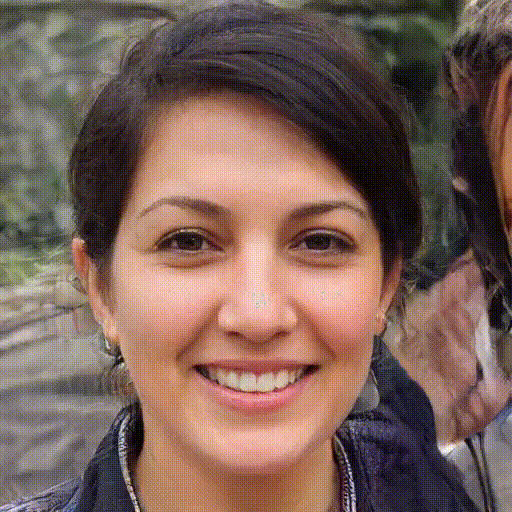
初期イメージの Parameter が徐々に最適化され、テキストが表す画像に変化して行く過程が分かります。
あとは、テキスト入力のところから繰り返せばOKです。今度は、”Smiling asian woman wearing glasses. Middle length black hair.”(眼鏡をかけている笑顔のアジアの女性。黒髪で中くらいの長さ。)でやってみます。

実は、StyleGANが学習した画像データにはメガネを掛けたものが少ないので、メガネの生成はあまり得意ではないのですが、今回は上手く行きました。
もう一つやってみましょう。今度は、”She is a charming girl with curly black hair and black eyes”(彼女は巻き毛の黒い髪と黒い目を持った魅力的な少女です)でやってみます。

途中、少年のような顔になるのですが、最後にボーイッシュな少女の顔になり、テキスト通りの顔画像になりました。めでたしめでたし。
では、また。
(オリジナルGithub : https://github.com/vipermu/StyleCLIP)
(Twitterへの投稿)
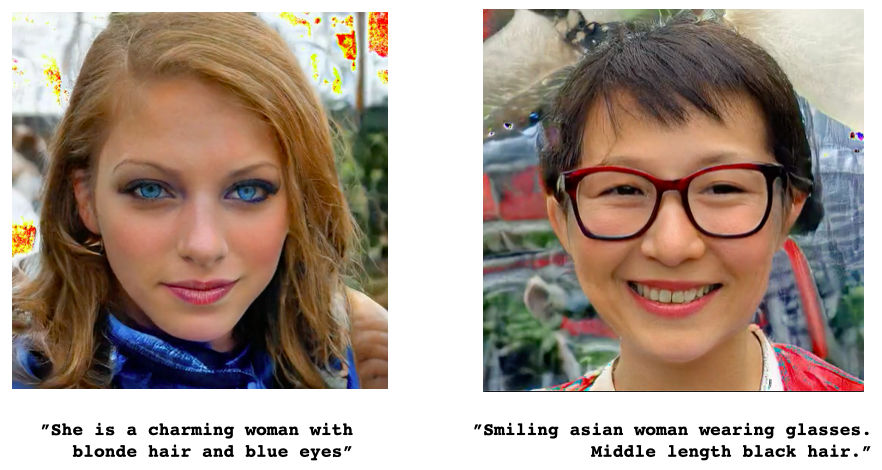
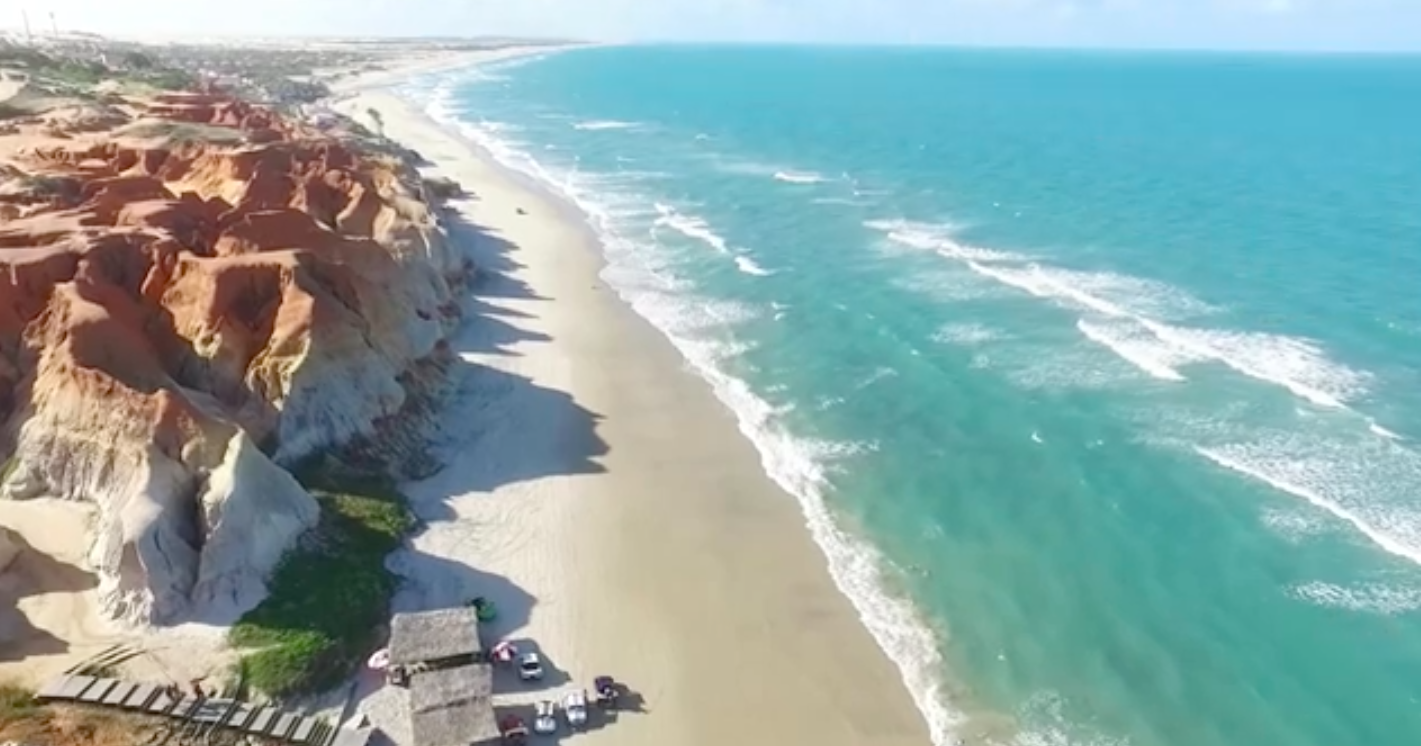
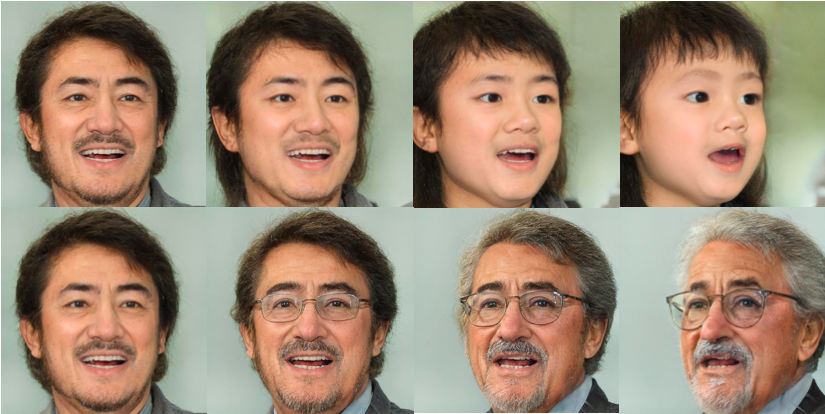
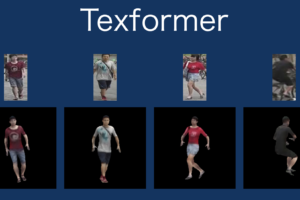
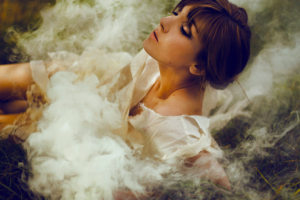

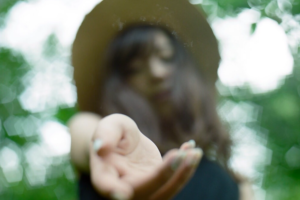
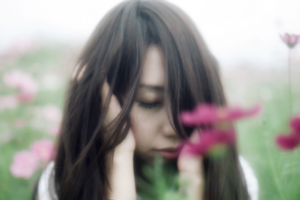
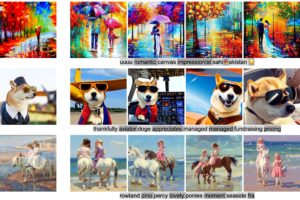
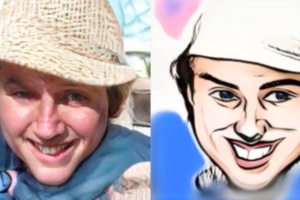

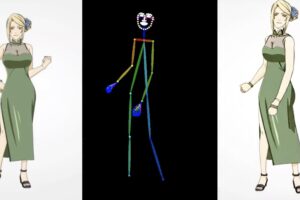
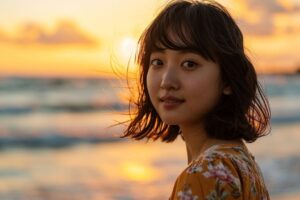
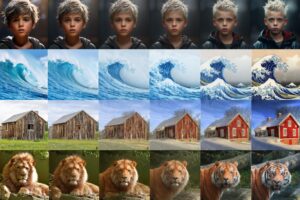

コメントを残す